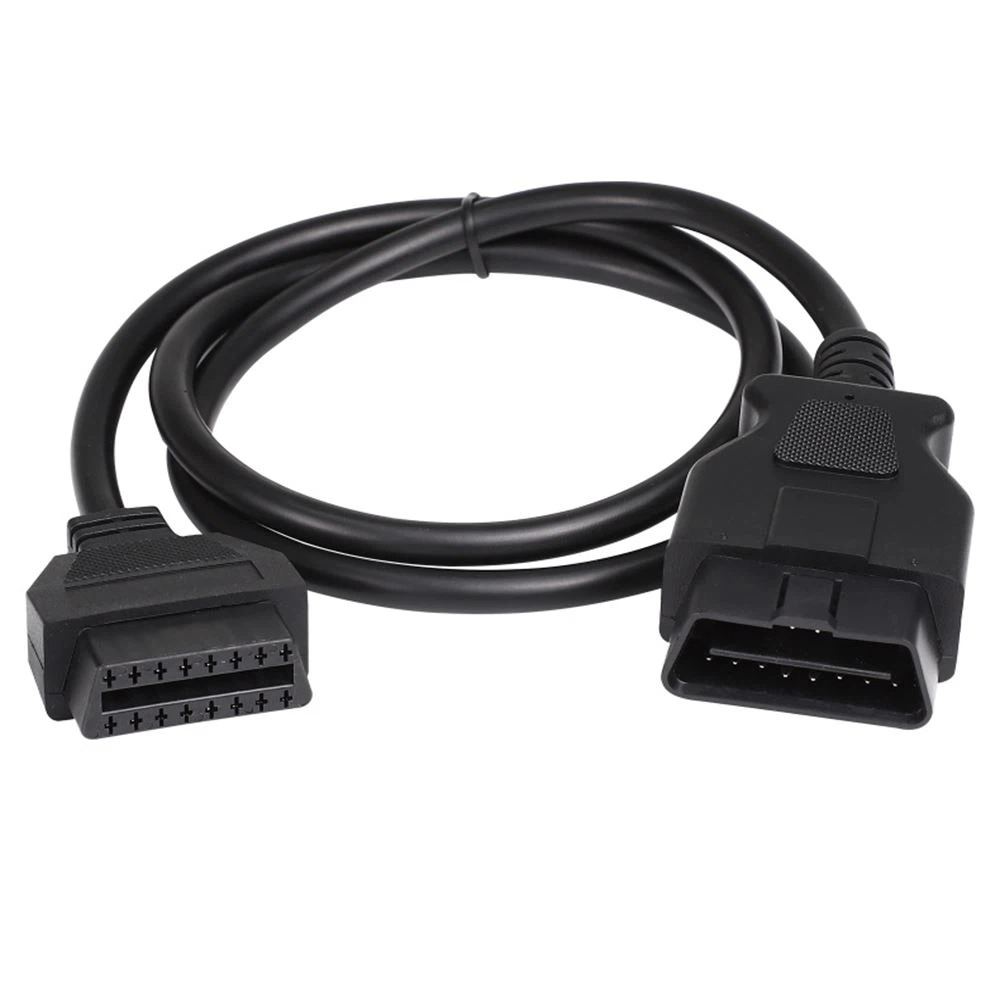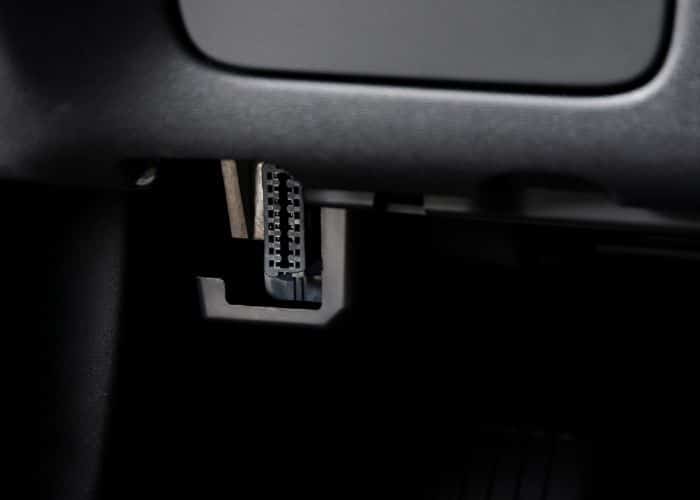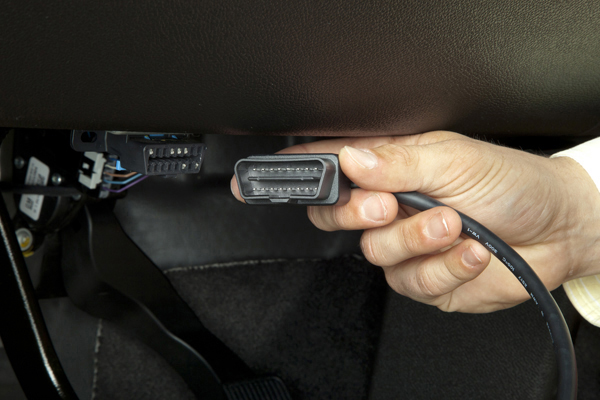OBD vs OBD2: What is difference between
When diagnosing car problems, terms like OBD1 vs OBD2 often appear, but what exactly do they mean—and how are they different? Understanding the evolution from OBD (On-Board Diagnostics) to OBD2 is essential for both mechanics and car owners alike. In this article, we’ll explain the key differences between OBD and OBD2, their functions, compatibility, and why OBD2 has become the industry standard for modern vehicles. Let’s explore how these systems work and which one suits your diagnostic needs.

What Is OBD?
On-Board Diagnostics (OBD) is an automotive system designed to monitor the health and performance of a vehicle’s engine and emissions systems. Its primary function is to detect malfunctions and generate trouble codes that help technicians quickly identify and repair issues.
Early OBD systems were manufacturer-specific and lacked standardization, meaning diagnostic tools only worked with certain vehicles. These initial versions could only alert users with a warning light—usually the Check Engine Light—without offering detailed information.
As vehicles became more advanced, so did OBD systems. They evolved into digital platforms capable of real-time monitoring through a standardized port. This allowed for compatibility with various scan tools and even smartphone apps, improving the speed and accuracy of diagnostics for both technicians and car owners.
What Is OBD1?
OBD I (On-Board Diagnostics version 1) is the first generation of vehicle diagnostic systems introduced in the 1980s. It was developed by manufacturers to monitor and control engine functions and emission systems, primarily to meet environmental regulations.
Key Characteristics of OBD I:
- Introduced in the 1980s, widely used until 1995.
- Non-standard connectors and codes, varying by manufacturer.
- Limited diagnostic capability, typically only covering emission-related issues.
- Basic trouble code system, with no real-time data.
- Often required manual methods (like counting check engine light flashes) to read codes.

What Is OBD 2?
OBD 2 (On-Board Diagnostics version II) is the standardized diagnostic system introduced in most vehicles manufactured from 1996 onwards. Unlike the fragmented and proprietary nature of OBD I, OBD II was developed to unify diagnostic systems across all manufacturers, ensuring consistency, compatibility, and broader diagnostic capabilities.

Key Features of OBD2
- Standardized 16-pin connector (usually located under the dashboard near the steering column).
- Universal communication protocols, making it easier for technicians to use the same tools across multiple car brands.
- Advanced diagnostics: It monitors not only emissions-related systems but also sensors, actuators, and other vital vehicle components.
- Real-time data: Provides live information such as fuel trim, oxygen sensor readings, engine RPM, and more.
- Standardized diagnostic trouble codes (DTCs) across all brands.
Benefits
- Simplifies repairs and diagnostics.
- Enables emissions testing and compliance.
- Supports third-party scan tools and mobile apps.
- Facilitates preventive maintenance and faster troubleshooting.
In short, OBD II is the foundation of modern vehicle diagnostics, offering enhanced accuracy, accessibility, and reliability for technicians and vehicle owners alike.
What’s the Difference Between OBD and OBD2?
The main difference between OBD (often referred to as OBD I) and OBD2 lies in their standardization, capability, and accessibility:
- OBD I was introduced in the 1980s and used until the mid-1990s. Its primary purpose was to monitor emissions. However, each vehicle manufacturer used their own protocols and connectors, which made it difficult to diagnose issues unless you had brand-specific tools.
- OBD2, launched in 1996, standardized the diagnostic system across all vehicles sold in regions like the U.S. and Europe. It uses universal trouble codes and a standardized 16-pin connector, allowing any OBD2 scanner to work across different brands.
- Connectivity: OBD I required direct, hardwired connections. OBD2 allows for wireless diagnostics using Bluetooth or Wi-Fi dongles, making remote monitoring and real-time data tracking possible — especially useful for modern fleet management and mobile diagnostics.
In summary, OBD2 is a more powerful, standardized, and accessible evolution of the original OBD system, offering better support for modern diagnostics and repair needs.
How to Tell If Your Vehicle Has OBD 1 or OBD 2
Identifying whether your vehicle uses OBD I or OBD II is straightforward when you know where to look. Here are the most reliable methods:
1. Check the Manufacturing Year
- Before 1996: Most vehicles manufactured prior to 1996 use OBD I, which varies by manufacturer and often requires brand-specific scan tools.
- 1996 or Later: Vehicles sold in the U.S. and many other regions from 1996 onward are required to have OBD II systems. These are standardized and compatible with universal scanners.
2. Inspect the Diagnostic Port Shape
- OBD II: Features a standard 16-pin rectangular connector, usually located under the dashboard near the steering column.
- OBD I: Connector shapes and pin counts vary by manufacturer. These are often located under the hood or in less standardized positions.
3. Look for a Label Under the Hood
Many vehicles have an emissions sticker that states whether they are OBD I or OBD II compliant. This label is typically found near the radiator support, hood latch, or strut tower.
4. Review the Owner’s Manual
The manual will usually specify the OBD version and recommend appropriate diagnostic tools.
Knowing your vehicle’s OBD type helps ensure compatibility with diagnostic scanners and software, saving time and avoiding incorrect tool purchases.
FAQs About OBD I vs. OBD II
1. Can I use an OBD2 GPS tracker on an older OBD1 vehicle?
Generally, no. OBD2 GPS trackers require the standardized 16-pin connector only found on OBD2 vehicles. While some OBD1-to-OBD2 adapters exist, they are typically unreliable for tracking or diagnostics.
2. What year did cars start using OBD2?
All cars and light-duty trucks sold in the U.S. from 1996 onward are required to support OBD2. Some manufacturers began introducing OBD2 as early as 1994–1995.
3. How do I locate the OBD2 port in my vehicle?
The OBD2 diagnostic port is usually located beneath the dashboard near the steering wheel. In some models, it may be hidden behind a small cover or near the center console or glove compartment.
4. Is OBD2 better than OBD1 for vehicle diagnostics?
Yes. OBD2 systems are more advanced and standardized, offering universal diagnostic codes, real-time engine data, and broad compatibility with scan tools—making them far superior for modern diagnostics.
5. Do OBD2 GPS trackers drain the car battery?
Quality OBD2 GPS trackers consume very little power. However, for vehicles stored over long periods, it’s best to unplug the device to avoid potential battery drain.
6. Can I install an OBD2 GPS tracker myself?
Yes. Most OBD2 GPS trackers are plug-and-play. Simply locate the port, plug in the tracker, and follow the setup instructions provided by the manufacturer.
7. Are OBD2 scan tools and OBD2 GPS trackers the same?
No. OBD2 scan tools are used to read and clear diagnostic trouble codes and monitor engine data. OBD2 GPS trackers are designed to track vehicle location, speed, and routes—though some may offer limited engine diagnostics.
At VCCarTool, we believe understanding the difference between OBD I and OBD II empowers you to make smarter diagnostic and maintenance decisions. OBD II, available in most vehicles from 1996 onward, offers superior functionality, standardized codes, and compatibility with modern tools like GPS trackers and scan devices.
Whether you’re maintaining a personal car or managing a fleet, choosing the right tools and systems is key. For expert advice, professional equipment, and dedicated support, VCCarTool is here to help you every step of the way.
